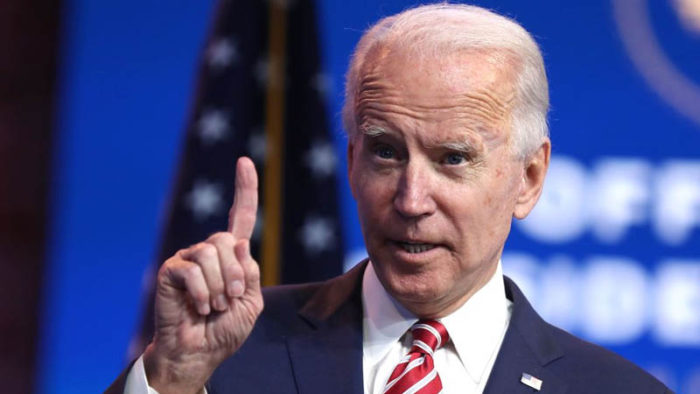Goldman Sachs analysts say the bill could be as large as $4 trillion, with a sizeable boost to short and long-term economic prospects, Forbes reports. The size estimates are based on analysis of what it would take to bring the U.S.’s aging infrastructure up to standard, with a lower limit of $2 trillion, roughly the same size as the COVID-19 stimulus.
The American Society of Civil Engineers rates U.S. infrastructure as a D+, estimating that at least $2 trillion is needed to bridge the gap over the next decade, The New York Times reports.
The bill could pay big dividends: Texas’ fatalities during the recent winter storms highlighted the need for durable infrastructure, and Goldman Sachs’ analysts estimate the short-term GDP growth alone could be between 2% and 9%.
That comes, however, with proportionally larger costs and challenges.
It would be difficult to draft a bill that large without raising taxes, which Republicans staunchly oppose. The COVID-19 stimulus, a significantly more popular idea among conservatives, is already being forced to pass through budget reconciliation due to a complete lack of Republican support.
Conservative leadership like Sen. Mitch McConnell, R-Ky., has already preemptively spoken out against large infrastructure expenditures.
“This so-called infrastructure bill would siphon billions in funding from actual infrastructure to funnel into climate change policies,” he said of a $1.5 trillion bill House Democrats passed last summer that died to Republican opposition in the Senate.







